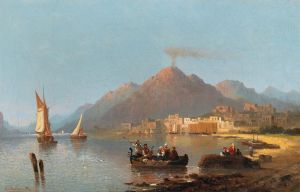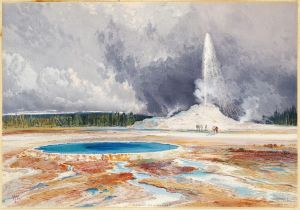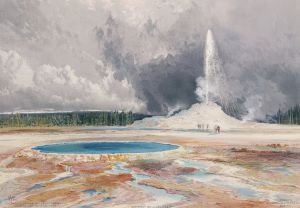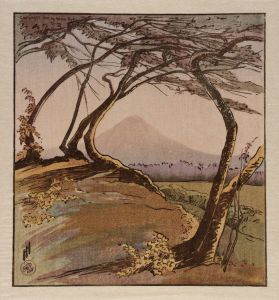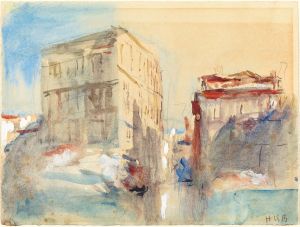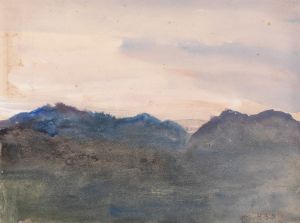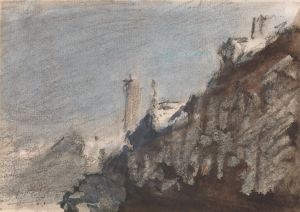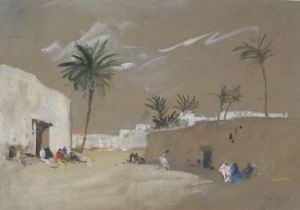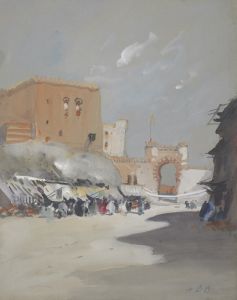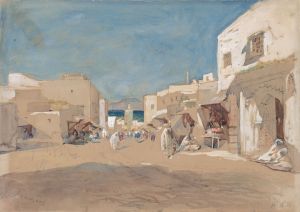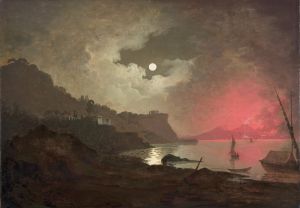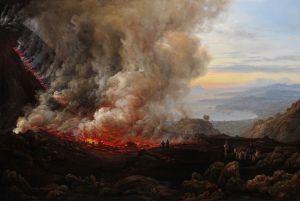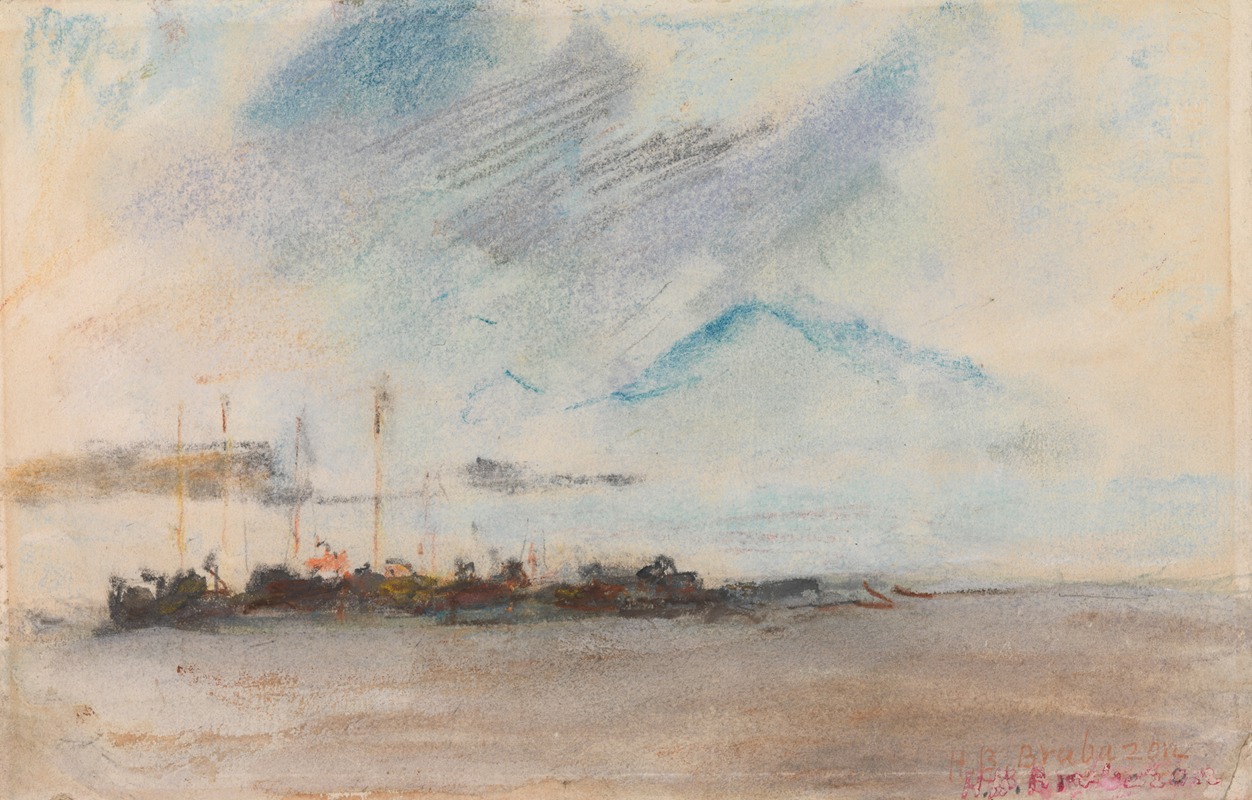
Vesuvius
A hand-painted replica of Hercules Brabazon Brabazon’s masterpiece Vesuvius, meticulously crafted by professional artists to capture the true essence of the original. Each piece is created with museum-quality canvas and rare mineral pigments, carefully painted by experienced artists with delicate brushstrokes and rich, layered colors to perfectly recreate the texture of the original artwork. Unlike machine-printed reproductions, this hand-painted version brings the painting to life, infused with the artist’s emotions and skill in every stroke. Whether for personal collection or home decoration, it instantly elevates the artistic atmosphere of any space.
Hercules Brabazon Brabazon was a British artist known for his watercolors and his unique approach to capturing landscapes and architectural scenes. Born in 1821, Brabazon was educated at Harrow and Trinity College, Cambridge, and later studied art in Rome. He traveled extensively throughout Europe and North Africa, drawing inspiration from the diverse landscapes and cultures he encountered.
One of his notable works is "Vesuvius," which depicts the famous volcano located near Naples, Italy. Mount Vesuvius is renowned for its eruption in AD 79 that led to the destruction of the Roman cities of Pompeii and Herculaneum. Brabazon's painting captures the imposing presence of the volcano, often shrouded in a dramatic interplay of light and shadow.
Brabazon's style is characterized by its loose, expressive brushwork and his ability to convey the essence of a scene with minimal detail. This approach allows viewers to engage with the painting on an emotional level, rather than being bogged down by intricate details. His use of watercolor as a medium further enhances the atmospheric quality of his work, with the fluidity of the paint capturing the transient effects of light and weather.
In "Vesuvius," Brabazon employs a muted color palette, dominated by shades of blue, gray, and brown. This choice of colors reflects the natural tones of the volcanic landscape and the surrounding area. The painting likely portrays the volcano from a distance, with the foreground featuring the rugged terrain leading up to the slopes of Vesuvius. The sky above is rendered with soft washes of color, suggesting the ever-changing weather conditions typical of the region.
Brabazon's depiction of Vesuvius is not just a representation of a geographical landmark but also an exploration of the natural forces that shape our world. The volcano, with its history of violent eruptions, serves as a reminder of the power and unpredictability of nature. Brabazon's ability to capture this sense of awe and respect for the natural world is a testament to his skill as an artist.
Throughout his career, Brabazon remained relatively unknown to the broader public, largely because he did not seek commercial success or widespread recognition. He painted primarily for his own enjoyment and the appreciation of a close circle of friends and fellow artists. It was only later in his life, and particularly after his death in 1906, that his work began to receive the recognition it deserved.
Today, Brabazon's paintings, including "Vesuvius," are appreciated for their unique artistic vision and their ability to convey the beauty and majesty of the natural world. His work is held in various collections, including the Tate Gallery in London, which houses several of his pieces. Brabazon's legacy as an artist lies in his ability to capture the fleeting moments of beauty in the landscapes he loved, and "Vesuvius" stands as a testament to his talent and his deep connection to the natural world.





